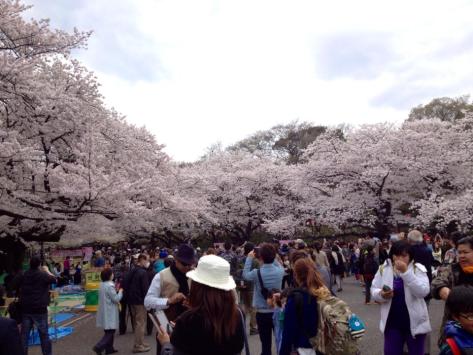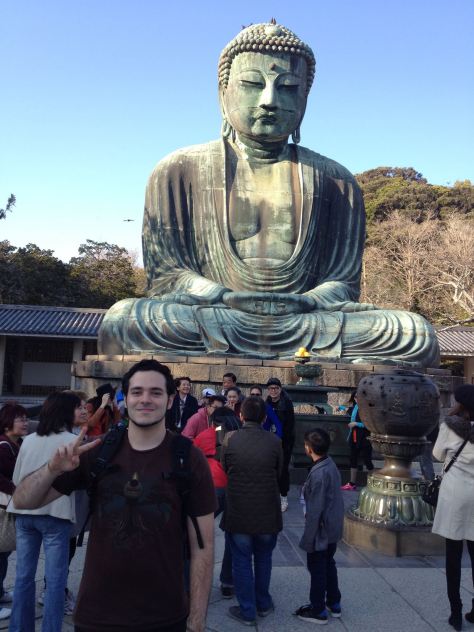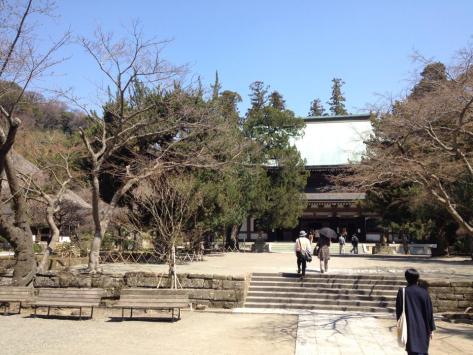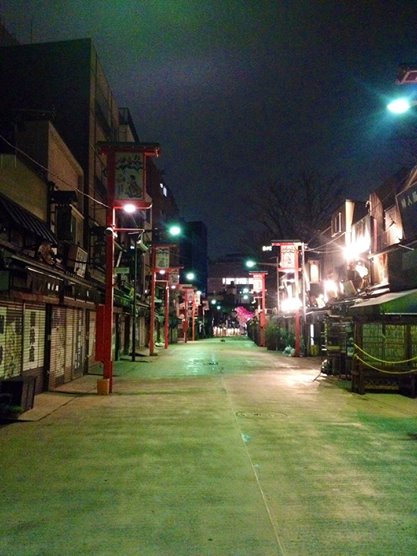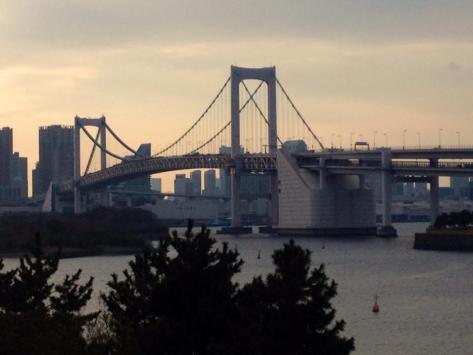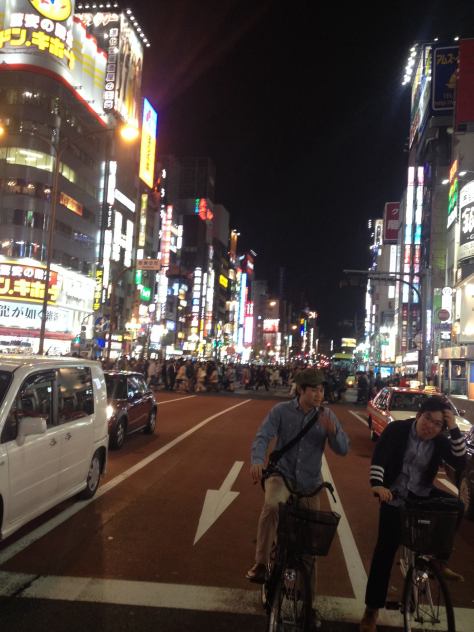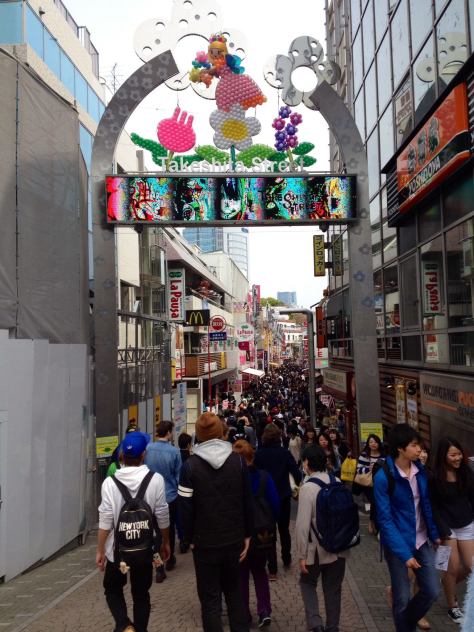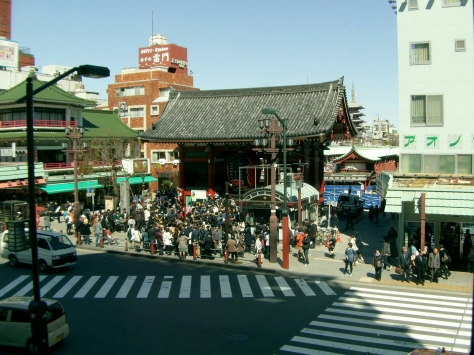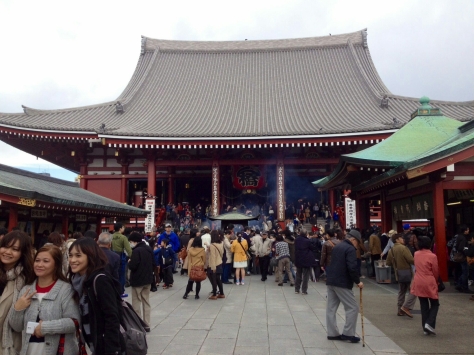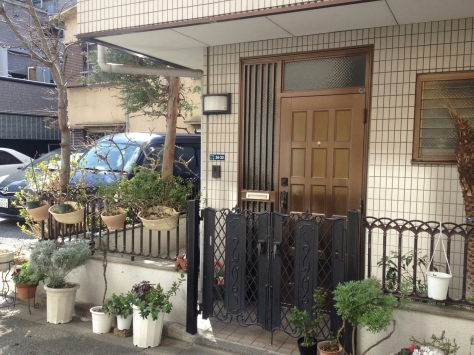This is just a quick post to explain something about the Japanese language (for those who are interested).
In English we tend to use people’s titles before their surname when addressing them: Mr Smith, Mrs Constantinopoulos, Ms Richardson-Green, Reverend Chan, etc. When we refer to someone informally, we usually just use their first name.
In the Japanese language the family name always comes first. Tanaka Hiroshi for example is a man named Hiroshi from the Tanaka family. This is easy enough except that even amongst friends and coworkers Japanese people tend not to use first names. Many Japanese people are more likely to use the full name of a person, rather than just a given name to differentiate between two different people with the same family name.
In Japanese, the equivalent of our usage of “Mr”, “Ms”, etc. depends more on level of formality than on marriage status:
–sama (様): probably the most formal title you will hear in daily conversation. Can be used for men or women. Used as a suffix on a name to express respect for the person. Sometimes used jokingly or in a friendly/mocking way between close friends. (Tanaka-sama)
–san (さん): the most commonly used (and most famous) honourific in Japanese. Can be seen as the equivalent to our honourifics in English (Mr, Mrs, Ms, etc). Used to express respect, but equality. Unlike “-sama“, you are not necessarily putting the other person above you when using this honourific. Again, used after the family name (Tanaka-san)
–chan (ちゃん): this suffix is usually used on the given name, most often with girls. Often used with a shortened form of the name, it adds a “cute” feeling and a feeling of friendliness to the address. It can also be used with very young boys, and men will often use it when shortening their names, or referring to very close friends. The equivalent in English would be changing Tom to Tommy. In our above example, Mr Tanaka might be known to his friends as Hiro-chan.
–kun (君): this example is used almost exclusively for boys under the age of twelve. It is an affectionate term used after the given name. Some older men will refer to their juniors using this term in an affectionate fatherly sort of way. It almost corresponds to the old usage of “master” as a title for boys in English. (Hiroshi-kun)
The most difficult thing about this is remembering to use the family name first. As westerners usually introduce ourselves with our given name first, this often creates confusion with the Japanese who will then call us by our given name, followed by “-san“, ” Tom-san” in my case. This gets even more confusing when they attempt this usage in English and I become “Mr Tom”. It feels like someone has tried using Google translate and failed miserably.
Although as a foreigner and a guest in this country, I don’t mind when the Japanese make mistakes with their English and call me strange names, it is important for foreigners here to attempt to use the honourific system correctly. Using “-kun” on the CEO of a company could cause great offence and even lose you a contract. Also it is good to remember, please never use any of these when referring to yourself. It is considered very arrogant an unnecessary.
It all seems rather complicated from the outside, but anyone using Japanese should be able to pick it up quite quickly. For anyone else, when in doubt, “-san” is always a safe bet.

